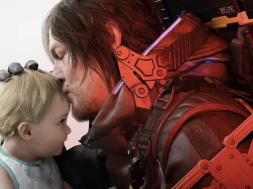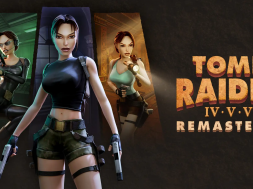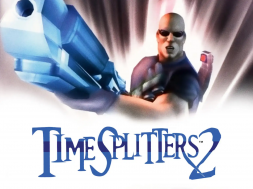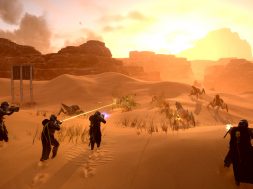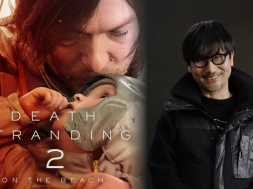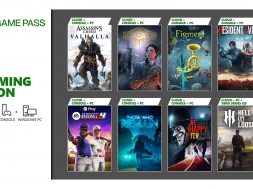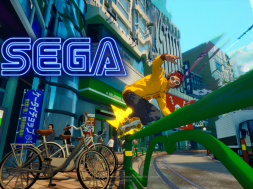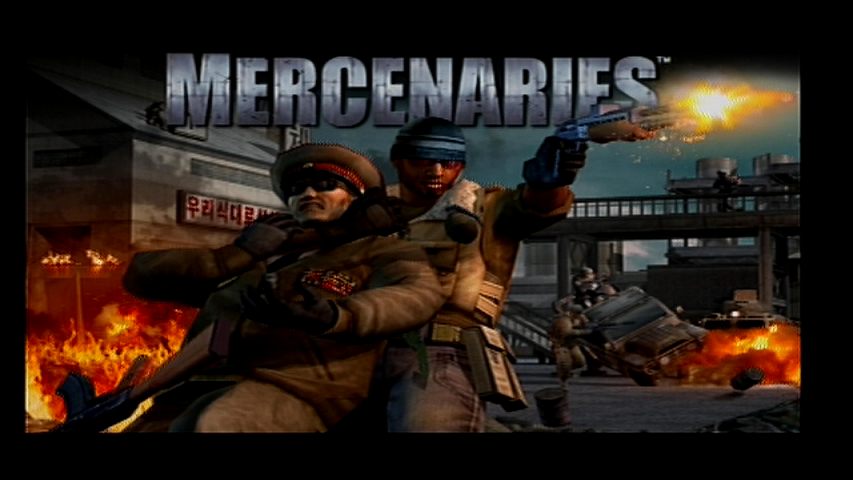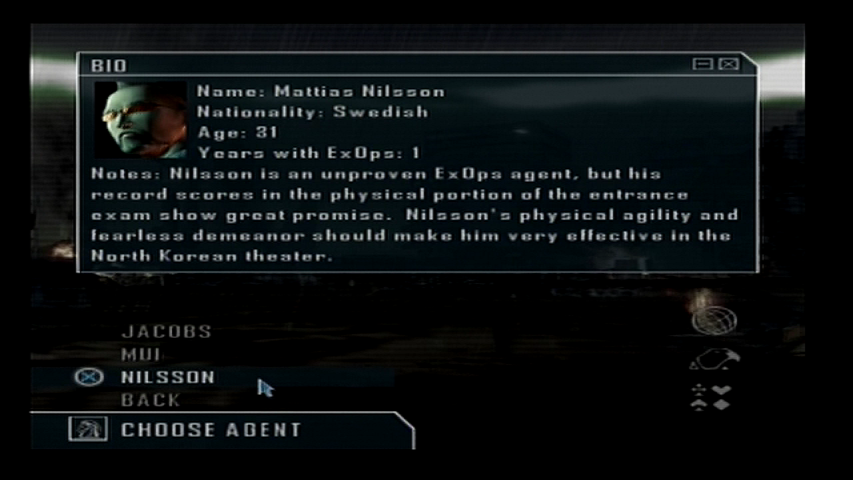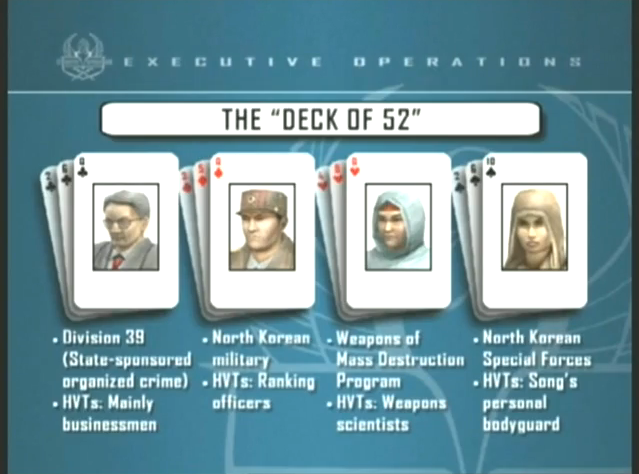Pandemic Studios were hot off the heels of the first two Battlefront games and were still working on Destroy All Humans when the explosive open world sandbox Mercenaries: Playground of Destruction released in 2005. It was lauded for its unique and expansive approach to the format in what was then an industry hell-bent on Grand Theft Auto rip-offs when coming to open-world games.
In case you haven’t played it, Mercenaries puts you in the boots of a – Well, you guess it; mercenary. You can choose between three different characters but let’s face the fact that Peter Stormare’s Mattias Nilsson was easily the best and probably only choice you would or should have gone with. You’re dropped into a war-torn North Korea battled over between five different factions, four of which you can choose to work with. You can complete contracts for any of the four factions at any point in the game but since those can involve killing soldiers of another group, the victims of your destruction might not be so cool with letting you work for them afterwards. This approach of player choice and agency in the world wasn’t something seen a lot in console games of its time, so to actually be helping a faction take over North Korea and actually see it in action was immensely satisfying for its time.
What was one of the most interesting aspects of Mercenaries was the Deck of 52 system. The deck was a series of cards with intel on targets associated with the story’s villain. Each suit of cards would determine the components of the villain’s network of cronies like businessmen, nuclear scientists and officers. You could approach any of the targets at any time given you had enough weaponry at your disposal but the choice to kill or capture them was up to you. Capturing these high-value targets meant a higher paycheque than simply calling down a thousand airstrikes but that doesn’t mean the latter wasn’t fun to watch.
Once you had killed or captured all but the last card of a suit, the Ace would enter the world for takedown. The Ace was a much more difficult target to deal with but it wasn’t completely out of your league especially since you had gained enough money and weaponry from completing contracts and capturing the rest of the suit. The system served as both your story and character progression and I think that’s why I like the Deck of 52 so much. It leaned heavily into the “Playground of Destruction” subtitle the game carried and constantly gave you little nudges here and there to give you bigger and better toys to keep a good flow of fun going. During my time with it, I had ended up capturing or killing multiple targets in one fell swoop because fights would become enormous and pour into other territories or a target would enter the same area as the one I was attacking and those kind of emergent events really drove home what made the original Mercenaries a more memorable experience, especially over its sequel.
Now in retrospect this boss mechanic doesn’t sound revolutionary. When you boil it down to its core it really is just a series of roaming bosses that have varying levels of difficulty and removing them from the world takes greater amounts of skill and character progression as you progress through the story, but in the context of the world given and the freedom of choice in how you engaged these high-value targets it felt much more rewarding when a plan (Or lack thereof) ended with the bad guy taken care off and a lot of money to use against the next one on the list. It gave Mercenaries a more fully-formed identity and character and made it so much more of a heavy blow to see most of that style largely ignored for Mercenaries 2: World in Flames.
With the sequel, the deck of 52 was replaced with a list of high-value targets that similar to its predecessor, became more difficult the further into the story you got. Instead of having named characters with occupations and roles within the dictatorship they tied it into the factions to give rewards based on their choice of weaponry. The trade-off made HVTs blank faces of factions you worked against and again drew away from what felt like a more cohesive and charming experience the original game brought.
If you haven’t played Mercenaries: Playground of Destruction, you could probably order it from places like Amazon and CEX. It’s still highly recommendable and the original Xbox version holds up well. I can’t say the same about the PS2 version as it was one of the few games that utilized the original Xbox’s technical advantages over Sony’s platform, but it runs and looks fine using backwards compatibility on the 360.
